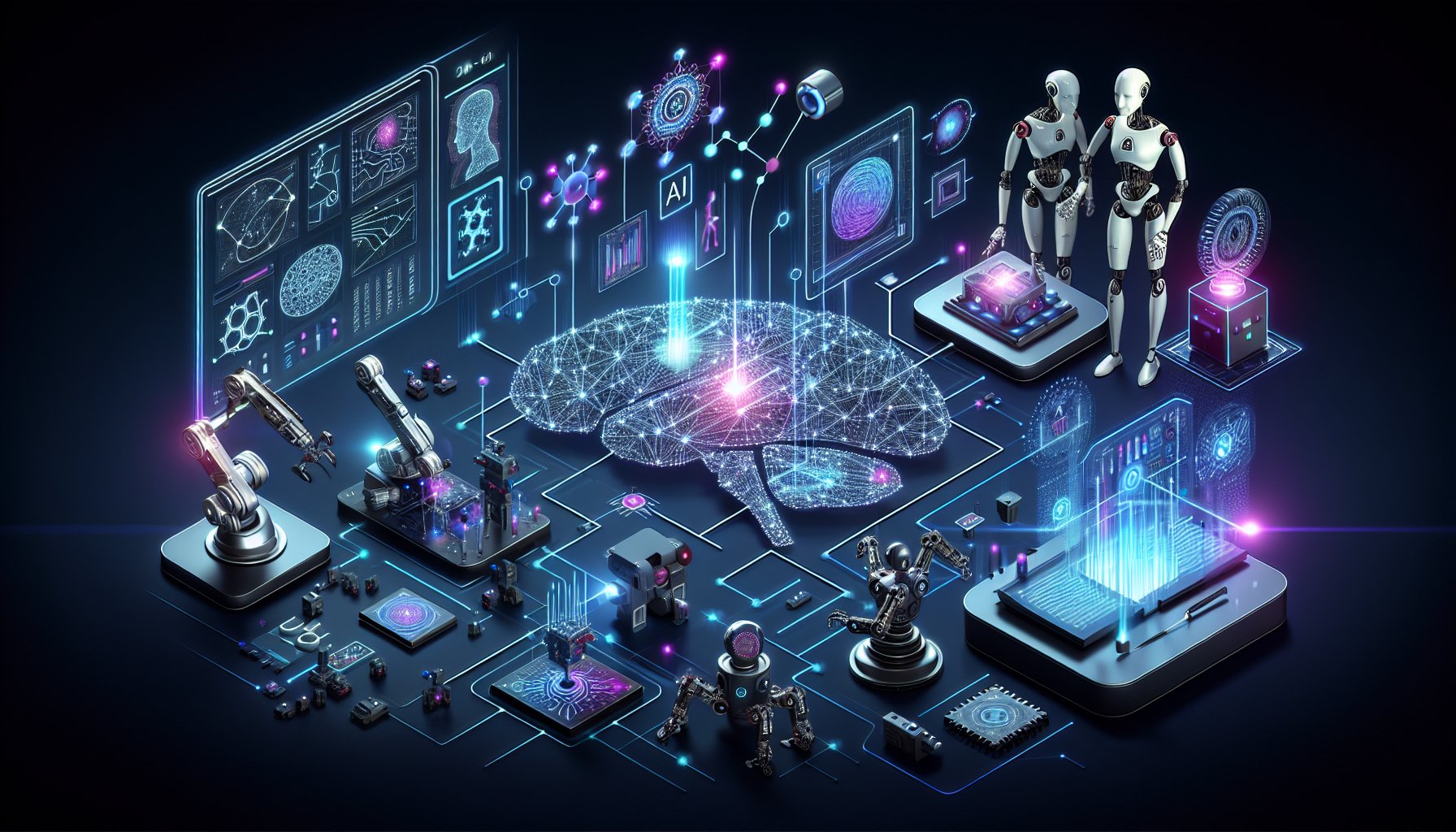Introduction
As the digital landscape continues to evolve, integrating Artificial Intelligence (AI) into IT development processes has become more than just a trend - it's a necessity. AI technologies have offered unprecedented opportunities for businesses to automate tasks, make data-driven decisions, and enhance user experiences. In this post, we will delve into the innovative strategies for seamless AI integration that are reshaping the future of IT development.
Choosing the Right AI Technology
Before diving into integration strategies, it's critical to understand the various AI technologies available and how they can benefit your business. From Machine Learning (ML) to Predictive Analysis and Natural Language Processing (NLP), each technology serves a unique purpose and delivers different advantages.
Machine Learning Integration
Machine Learning, a subset of AI, enables systems to learn from data, identify patterns, and make decisions with minimal human intervention. ML can be integrated into your business processes through cloud-based AI platforms. These platforms, like Google Cloud AI or Microsoft Azure AI, offer pre-trained models that can be directly deployed and custom APIs for custom model training and deployment.
// Example of calling Google Cloud Vision API
const vision = require('@google-cloud/vision');
const client = new vision.ImageAnnotatorClient();
async function quickstart() {
const [result] = await client.labelDetection('./image.jpg');
const labels = result.labelAnnotations;
console.log('Labels:');
labels.forEach(label => console.log(label.description));
}
quickstart();
Predictive Analysis Integration
Predictive analysis leverages statistical algorithms and machine learning techniques to identify the likelihood of future outcomes based on historical data. It's a powerful tool for businesses that want to get ahead of customer behavior, market trends, and potential risks. Libraries like SciKit-Learn or TensorFlow can be used to build predictive models and integrate them into applications.
Natural Language Processing Integration
Natural Language Processing, or NLP, is a branch of AI that helps computers understand, interpret, and generate human language. NLP can be integrated into applications to provide features like chatbots, translation services, sentiment analysis, and more. Platforms like IBM Watson or Google Cloud Natural Language offer powerful NLP capabilities.
Best Practices for AI Integration
Regardless of the AI technology you choose, following some general best practices can ensure a successful integration. These include:
- Understanding the business problem: Clearly define what you want to achieve with AI and how it will benefit your business.
- Investing in data quality: Good data is the backbone of any successful AI project. Ensure you have reliable, clean, and diverse data.
- Building a cross-functional team: AI integration is not just a task for IT. It requires collaboration from business leaders, data scientists, and IT professionals.
- Continuous learning and development: AI is a rapidly evolving field. Stay updated with the latest advancements and continuously refine your models and processes.
Conclusion
AI integration is no longer a luxury but a crucial element in the IT development landscape. By understanding the available technologies and following best practices, businesses can seamlessly integrate AI and reap the immense benefits it offers. The future of IT development lies in harnessing the power of AI, and the time to adopt these innovative strategies is now.
